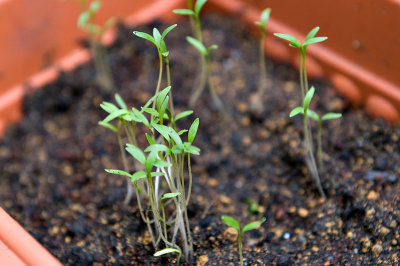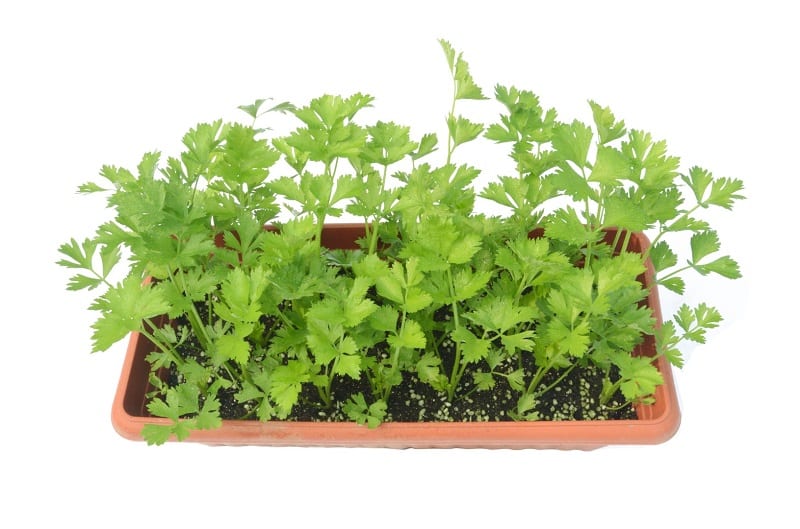
They are photosensitive, with the rash occurring only after exposure to ultraviolet light. Some of these furanocoumarins found in cow parsnip are known to have antimicrobial properties and are responsible for a rash producing erythematous vesicles (burn-like blisters) and hyperpigmentation that occurs after getting the clear sap onto one's skin. In one study, the young leaves did not contain xanthotoxin, but older, senescing leaves contained "substantial amounts". The plant contains furanocoumarins such as xanthotoxin, angelicin, pimpinellin and isopimpinellin, isoimperatorin, bergapten and isobergapten, 6‐isopentenyloxyisobergapten, and sphondin. It is a host plant for the black swallowtail butterfly ( Papilio polyxenes), short-tailed swallowtail butterfly ( Papilio brevicauda), old world swallowtail butterfly ( Papilio machaon), anise swallowtail butterfly ( Papilio zelicaon), and the moths Eupithecia tripunctaria, Papaipema harrisii, Papaipema impecuniosa, Agonopterix clemensella, Agonopterix flavicomella, and Depressaria pastinacella. It is also known to be important in the diets of numerous wild animals, especially bears, both grizzly bears and black bears.

The species is widely recognized as a valuable pasture plant for cows, sheep, and goats. The plant is also found in Siberia, East Asia, and the Kuril Islands. It is listed as " Endangered" in Kentucky and "Special Concern" in Tennessee. In Canada, it is found in every province and territory except Nunavut. It is especially prevalent in Alaska, where it is often found growing amongst plants like devil's club, which is nearly identical in size and somewhat similar in appearance, and monkshood, a very toxic flower. It occurs from sea level to elevations of about 2,700 m (9,000 ft). The species is native to North America, being distributed throughout most of the continental United States (except the Gulf Coast and a few neighboring states), ranging from the Aleutian Islands and Alaska in the far northwest to Newfoundland on the east coast, extending south as far as California, New Mexico, Kansas, Ohio, and Georgia. The same spot in late winter, showing the dead white stalks Batiscan River banks, Quebec Distribution and habitat The genus name Heracleum (from " Heracles") refers to the very large size of all parts of these plants. lanatum, it is listed as having the variety asiaticum. Synonyms listed at Plants of the World Online include: Synonyms of the grouping previously classified H. lanatum include: Besides H. lanatum and H. maximum, various scientific names have been attributed to this species. On the other hand, neither are recognized as accepted names by either the ITIS or NPGS. Īccording to the Plant List and Plants of the World Online, H. lanatum and H. maximum are both accepted names, the latter with no infraspecific taxa. montanum, a name proposed by Brummitt in 1971. According to both the Integrated Taxonomic Information System (ITIS) or the National Plant Germplasm System (NPGS), H. lanatum and H. maximum are synonyms for H. sphondylium subsp. The Plant List (which was last updated in 2013) classified H. maximum, H. lanatum, and H. sphondylium subsp. Other similar species include wild carrot, cow parsley, poison hemlock, wild parsnip, and species of the genus Angelica.

Other tall invasive Heracleum species include H. mantegazzianum, H. sosnowskyi, and H. persicum. It is commonly confused with Heracleum mantegazzianum (giant hogweed), a much larger plant that typically has purplish spots on the stems, as well as more sharply serrated leaves. Sometimes the outer flowers of the umbel are much larger than the inner ones. The umbels can reach 30 cm (12 in) across, flat-topped or rounded, and composed of small white flowers.

Cow parsnip has the characteristic flower umbels of the carrot family ( Apiaceae), blooming from February to September. The leaves are very large, up to 40 centimetres (16 inches) across and divided into three lobes. The seeds are 8–12 mm ( 5⁄ 16– 1⁄ 2 in) long and 5–8 mm ( 3⁄ 16– 5⁄ 16 in) wide.Ĭow parsnip is a tall herbaceous perennial plant, reaching heights of 3 metres (10 feet). It is also known as American cow-parsnip, Satan celery, Indian celery, Indian rhubarb or pushki.ĭescription The leaves are up to 40 cm (16 in) across and divided into lobes. Heracleum maximum, commonly known as cow parsnip, is the only member of the genus Heracleum native to North America.


 0 kommentar(er)
0 kommentar(er)
